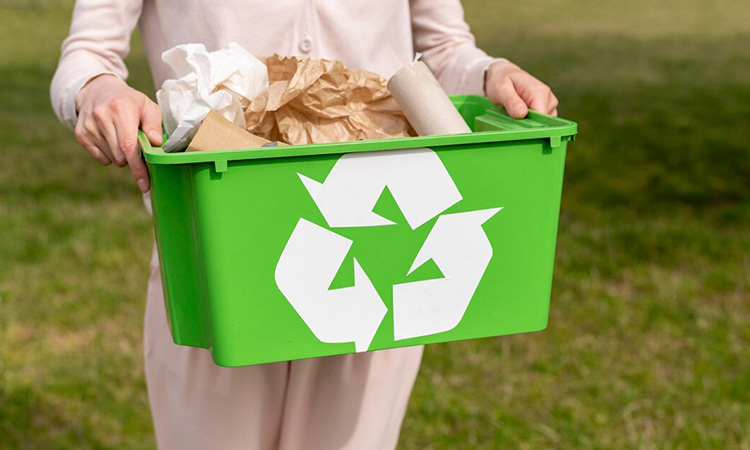In a world grappling with the consequences of excessive waste, the importance of sustainable waste management has never been clearer. The traditional linear approach of “take, make, dispose” is no longer sustainable, and a shift towards circular and eco-friendly practices is essential. This article explores innovative and sustainable waste management solutions, shedding light on the collective efforts needed to build a cleaner and more sustainable future.
The Challenges of Traditional Waste Management:
Environmental Impact:
Traditional waste management methods often lead to environmental degradation, with landfills emitting harmful gases and pollutants. Sustainable solutions aim to minimize this impact and create a more harmonious relationship between waste and the environment.
Resource Depletion:
The disposal of valuable resources in landfills contributes to resource depletion. Adopting sustainable waste management practices allows us to recover and reuse materials, extending their life cycle and reducing the strain on natural resources.
Sustainable Waste Management Solutions:
Recycling Initiatives:
Emphasizing the importance of recycling is a cornerstone of sustainable waste management. Creating accessible recycling programs for communities encourages the separation and proper disposal of recyclable materials, reducing the need for raw material extraction.
Waste-to-Energy Conversion:
Converting waste into energy through methods like incineration or anaerobic digestion helps generate electricity or heat. While this approach must be carefully managed to minimize environmental impacts, it can contribute to a cleaner energy mix.
Composting Practices:
Implementing widespread composting programs for organic waste helps create nutrient-rich soil amendments. Composting not only diverts organic matter from landfills but also reduces the need for synthetic fertilizers in agriculture.
Circular Economy Models:
Shifting towards a circular economy involves designing products with recyclability in mind and minimizing waste generation. This approach focuses on creating closed-loop systems where materials are reused or repurposed, reducing the overall environmental footprint.
Community Engagement:
Educating and engaging communities in sustainable waste management practices is crucial. By raising awareness about the impact of waste and promoting responsible disposal habits, communities can actively contribute to a more sustainable waste management system.
Benefits of Sustainable Waste Management:
Environmental Preservation:
Adopting sustainable waste management practices helps preserve natural habitats, reduce pollution, and protect biodiversity. It contributes to a healthier planet for current and future generations.
Resource Conservation:
By recycling and reusing materials, sustainable waste management conserves valuable resources, lessening the need for extensive mining, deforestation, and other resource-intensive activities.
Energy Efficiency:
Waste-to-energy conversion and other sustainable practices contribute to the generation of cleaner energy, reducing our dependence on fossil fuels and lowering overall carbon emissions.
Economic Opportunities:
The shift towards sustainable waste management creates opportunities for the development of green technologies, job creation in recycling and waste reduction sectors, and economic growth tied to circular economy principles.
Sustainable waste management is not just a responsibility; it is a pathway to a more sustainable and resilient future. By adopting recycling initiatives, embracing circular economy models, and engaging communities, we can collectively reduce our environmental footprint. The journey towards sustainable waste management is a journey towards a cleaner tomorrow—one where waste is seen not as a problem but as a valuable resource waiting to be utilized wisely.
Next On Your Reading List:


